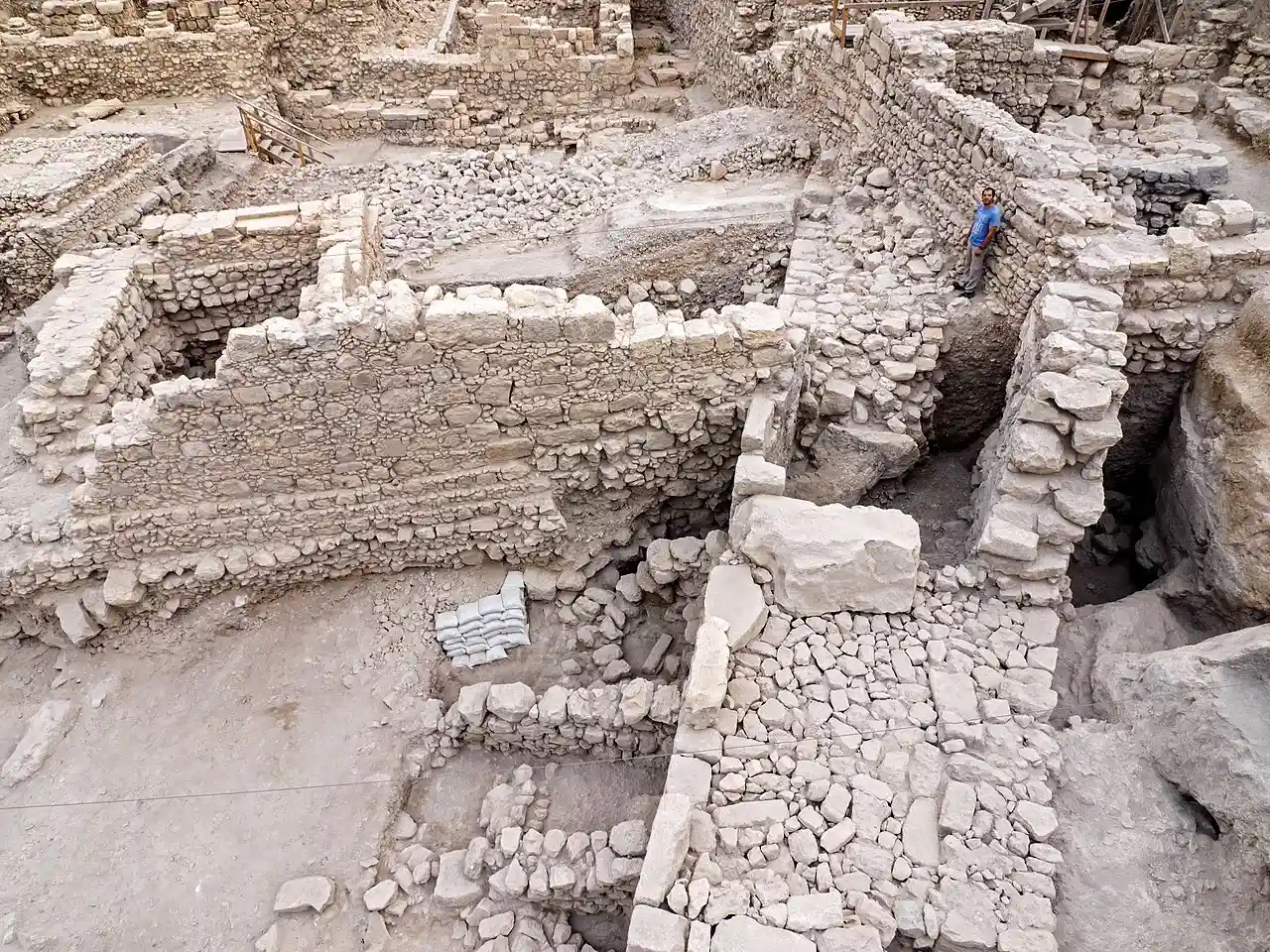 The Acra - Credit: Wikimedia Commons
The Acra - Credit: Wikimedia Commons
 The Acra - Credit: Wikimedia Commons
The Acra - Credit: Wikimedia Commons
The Acra (also spelled Akra, from , Ḥaqra(h)), with the meaning of "stronghold" (see under "Etymology"), was a place in Jerusalem thought to have had a fortified compound built by Antiochus Epiphanes, ruler of the Seleucid Empire, following his sack of the city in 168 BCE. The name Acra was also used at a later time for a city quarter probably associated with the by-then destroyed fortress, known in his time to Josephus (1st century CE) as both Acra and "the lower city". The fortress played a significant role in the events surrounding the Maccabean Revolt, which resulted in the formation of the Hasmonean Kingdom. The "upper city" was captured by Judas Maccabeus, with the Seleucid garrison taking refuge in the "Acra" below,Josephus (1980), The Jewish War 1.1.4. (p. 430)Josephus (1980), p. 28. and the task of destroying this last enemy stronghold inside Jerusalem fell to Simon Maccabeus surnamed Thassi.Josephus (1980), The Jewish War 1.2.2. (p. 430) Our knowledge about the Acra is based almost exclusively on the writings of Josephus, which are of a later date, and on the First and Second Books of Maccabees, which were written not long after the described events.Rappaport, U., "47. 1 Maccabees" in Barton, J. and Muddiman, J. (2001), The Oxford Bible Commentary , p. 711. Read more on Wikipedia
Source: en.wikipedia.org